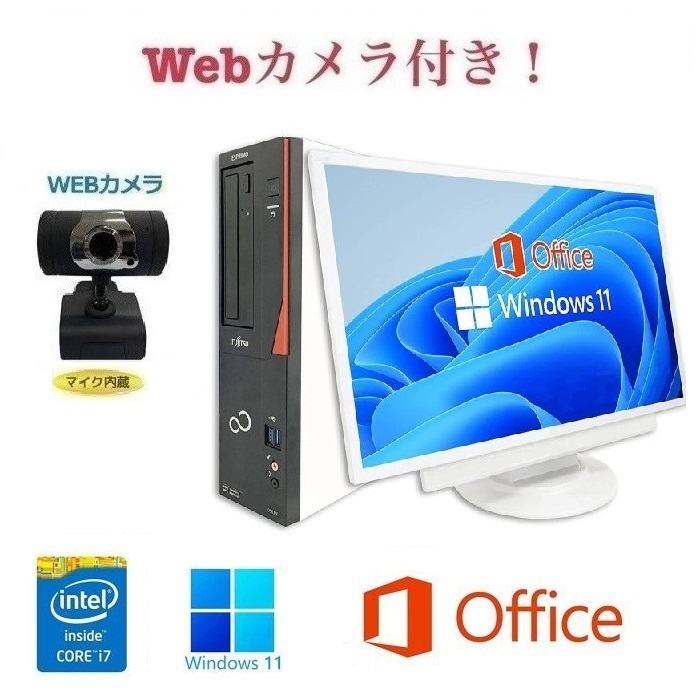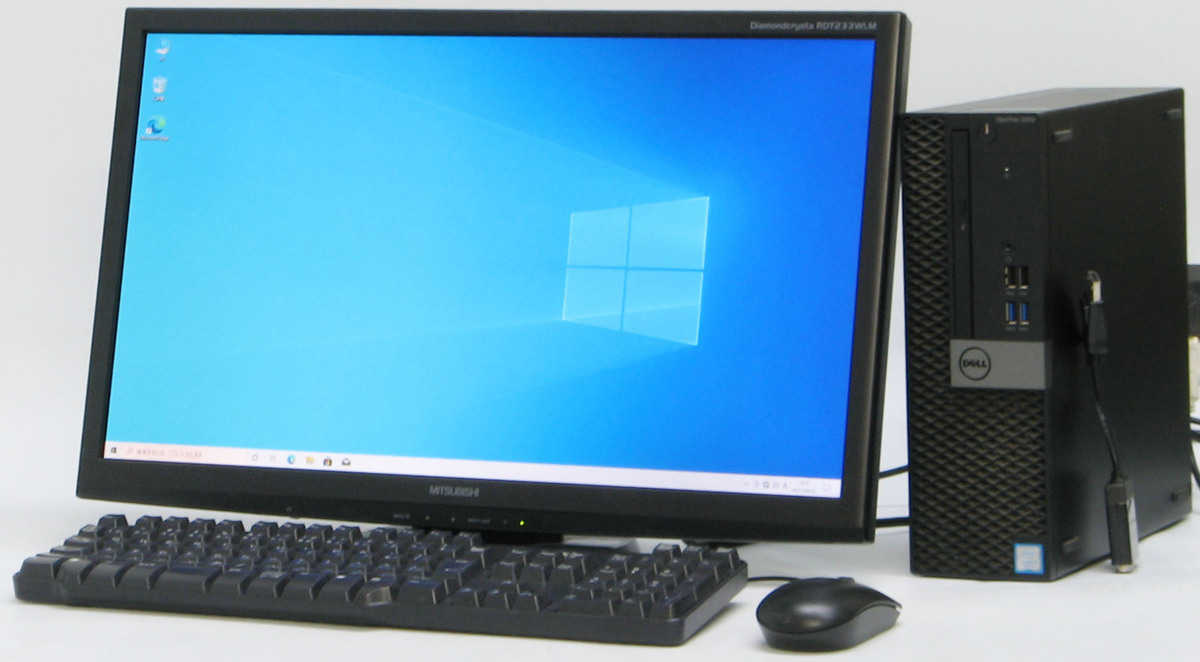【Lee】70s リー USA製 デニムカバーオールジャケット オープンカラー 70年代 アメリカ製 ヴィンテージ古着 テーラードジャケット LeeSet
(税込) 送料込み
商品の説明
商品説明
■商品詳細
Lee Setタグは70年代に見られるもので、この時代の中でも希少価値は高い一着です。
Made in USAのアメリカ製、オープンカラー仕立てのカバーオールジャケットはとても珍しく、絶妙な着丈で一枚羽織りやレイヤードコーデがシンプルにキマるおすすめのアイテムです。
薄ら汚れはあるものの、色褪せ等もなくまだまだエイジングも楽しめます。
シュガーケーン ビッグマック ファイブブラザー クッシュマン ウエアハウス フラットヘッド カーハート レミレリーフ ショット エドウィン ラングラー リーなどお探しの方にもおすすめです。
■ブランド
LEE
■サイズ表記 / ML
着丈 76㎝
身幅 50㎝
袖丈 65㎝
肩幅 45㎝
商品サイズの詳細はすべて実寸となっております。採寸の僅かな誤差はご了承ください。
■商品状態
ヴィンテージ特有の薄汚れがありますが、目立つキズ等はなくまだまだ着用いただけます。
出品商品はリユースアイテムがメインとなっており、細心の注意を払い検品しておりますが、多少の汚れや傷などがある場合がございます。
発送前に最終検品を行なっております。素人検品の為小さな傷や汚れの見落としがある場合がございますがご了承ください。
●迅速な対応を心掛けております。
●喫煙者やペットはおりませんのでご安心ください。
●気になる点などございましたらお気軽にお問い合わせください。
iD.023866-69666083円【Lee】70s リー USA製 デニムカバーオールジャケット オープンカラー 70年代 アメリカ製 ヴィンテージ古着 テーラードジャケット LeeSetファッションメンズファッション70s Lee Set】USA製 デニム テーラードジャケット カバーオール-【Lee】70s リー USA製 デニムカバーオールジャケット オープンカラー 70年代 アメリカ製 ヴィンテージ古着 テーラードジャケット LeeSet
【Lee】70s リー USA製 デニムカバーオールジャケット オープンカラー 70年代 アメリカ製 ヴィンテージ古着 テーラードジャケット LeeSet
【Lee】70s リー USA製 デニムカバーオールジャケット オープンカラー 70年代 アメリカ製 ヴィンテージ古着 テーラードジャケット LeeSet
【Lee】70s リー USA製 デニムカバーオールジャケット オープンカラー 70年代 アメリカ製 ヴィンテージ古着 テーラードジャケット LeeSet
【Lee】70s リー USA製 デニムカバーオールジャケット オープンカラー 70年代 アメリカ製 ヴィンテージ古着 テーラードジャケット LeeSet
【Lee】70s リー USA製 デニムカバーオールジャケット オープンカラー 70年代 アメリカ製 ヴィンテージ古着 テーラードジャケット LeeSet
【Lee】70s リー USA製 デニムカバーオールジャケット オープンカラー 70年代 アメリカ製 ヴィンテージ古着 テーラードジャケット LeeSet
Lee】70s リー USA製 デニムカバーオールジャケット オープンカラー 70
70's VINTAGE USA製 Lee ウエスタンシャツジャケット デニムジャケット
2023年最新】ヤフオク! -「カバーオール ビンテージ」(Lee)の中古品
70s Lee Set】USA製 デニム テーラードジャケット カバーオール-
70s Lee Set】USA製 デニム テーラードジャケット カバーオール-
70's Lee USA製 デニムカバーオール
【楽天市場】70's Lee USA製 オープンカラーシャツジャケット XL
Lee - ☆超美品☆Lee 70年代ビンテージ カバーオール アメリカ製
Lee 70s LeeSet デニムテーラードジャケット Made In USA | IMPE...
70s Lee Set】USA製 デニム テーラードジャケット カバーオール-
70s Lee Set】USA製 デニム テーラードジャケット カバーオール-
Lee】70s リー USA製 デニムカバーオールジャケット オープンカラー 70
Lee 70s LeeSet デニムテーラードジャケット Made In USA | IMPE...
古着 70s USA製 Lee Set デザイン ライトオンス デニム テーラード
【70s Lee Set】USA製 デニム テーラードジャケット カバーオール
楽天市場】70's Lee USA製 オープンカラーシャツジャケット XL 70年代
古着 70s USA製 Lee Set デザイン ライトオンス デニム テーラード
Lee - ☆超美品☆Lee 70年代ビンテージ カバーオール アメリカ製
Lee 70s LeeSet デニムテーラードジャケット Made In USA | IMPE...
楽天市場】70's Lee USA製 オープンカラーシャツジャケット XL 70年代
70s Lee Set】USA製 デニム テーラードジャケット カバーオール-
70's Lee USA製 デニムカバーオール
Lee 70s LeeSet デニムテーラードジャケット Made In USA | IMPE...
70年代 USA製 Lee リー JELT DENIM カットオフ デニム オーバーオール メンズW34 古着 70s ヴィンテージ ビンテージ 濃色【オーバーオール】【CS2301-30】【AN20】 | cave 古着屋【公式】古着通販サイト
Lee - ☆超美品☆Lee 70年代ビンテージ カバーオール アメリカ製
70's Lee USA製 オープンカラーシャツジャケット XL
Lee - ☆超美品☆Lee 70年代ビンテージ カバーオール アメリカ製
LEE/USA製70s古着/オープンカラー/デニムジャケット/メンズL | デニム
70s USA製 ビンテージ Lee リー スナップボタン デニム ブッシュ ジャケット 古着 70年代 ジージャン 青
70s Lee リー usa製 220-j デニム ジャケット used 古着 – khaki
70's Lee USA製 オープンカラーシャツジャケット XL
70's 80's Lee リー デニムカバーオール 070-4841 VAT DYE バットダイ 91-J後継 デッドストック NOS H.D.LEE,INC サイズ40 USA製 ユニオンチケット 希少 ヴィンテージ BA-1342 RM1711H | agito vintage powered
70s Lee リー usa製 220-j デニム ジャケット used 古着 – khaki
商品の情報
メルカリ安心への取り組み
お金は事務局に支払われ、評価後に振り込まれます
出品者
スピード発送
この出品者は平均24時間以内に発送しています
























































